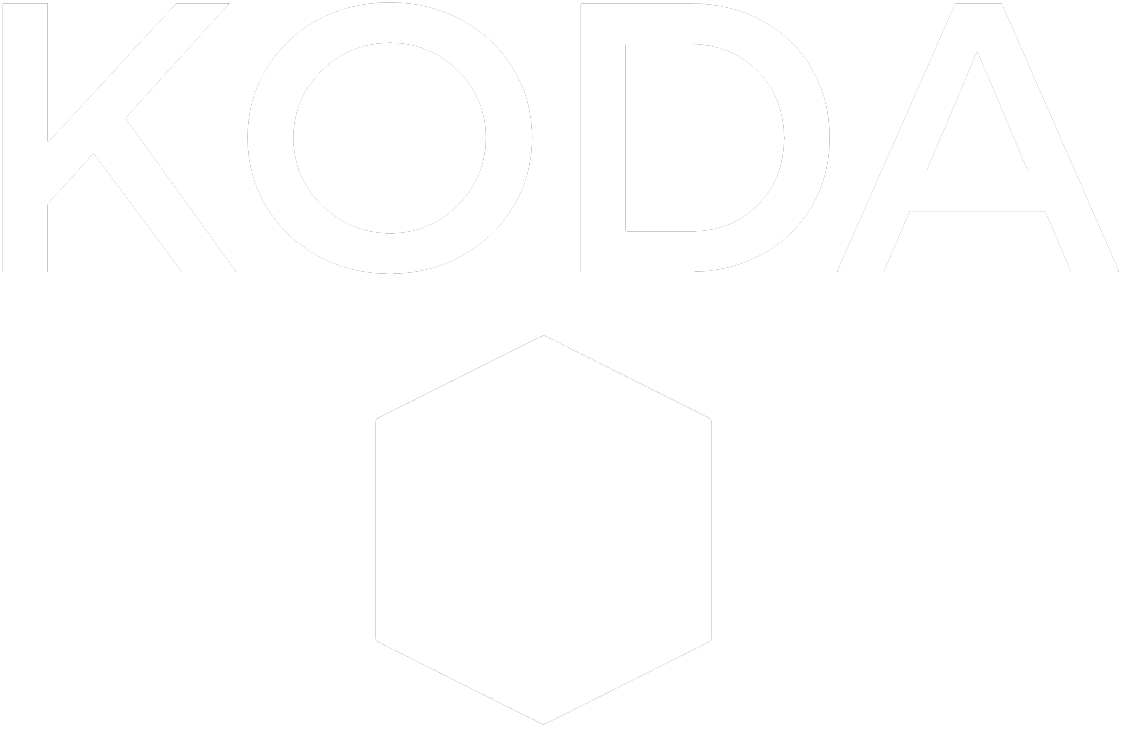KODA has had a busy time in the last fortnight - lots of travel and lots interesting of work.
CHASING MILLIMETRES
With a refurbished roadheader in front of us we required to assess the existing accuracy of the system, and then make any tweaks to the calibration if required.
After aligning ourselves with the machine coordinate system, and with finger's crossed, we took the first of a few check shots. Already we were starting to see 30mm or so deviation from expected, and by the end of the assessment we had a clear picture that about 40mm was floating around in the calibration.
Some people would say that for roadheader tunnelling that an accuracy like that is 'good enough', but we all agreed that it was a bad idea to accept a factory accuracy about 10% less than the stated tunnelling accuracy. Several factors, present in the real-world tunnelling environment can add up quickly to eat up +-50mm cutting accuracy.
SPLITTING HAIRS
On the drive home we discussed our approach and the following take-aways were worth noting. While not exhaustive, these points are the ones which held the most value to us when solving this problem. They hold true for a lot of measurement and sensing tasks - whether it be a roadheader, rockbolter, monitoring system, control survey or topographic detail.
- Isolate Variables - In this instance, the quickest work, with the most immediate impact to the accuracy came when we focussed on one parameter at a time. In order to do this effectively you need to understand the next point.
- Understand Your Measurement Value Chain - Achieving this allows you to narrow your focus on the things that matter. Keep in mind that the value chain is not exclusively about discussing the order of things, but interactions between processes and also how one error might cascade into another. Once you have a good handle on that you can decide whether to focus on the first, the last or maybe the most 'impactful' area of the value chain.
- Assess or Understand Error Types - This follows on from 1 and 2, but is worth it's own bit of space as it is pretty important. Are you seeking: a scale error, offset error, noise, a faulty sensor, or incorrect geometry? Having a grasp of different error types allows you to design your work to trap, quantify and eliminate them.
- If you have to iterate, make it easy - Pretty quickly we realised that the process of measure, calculate, assess was taking a bit longer than ideal. For one off tasks this isn't necessarily a problem, but we know we have a fair bit of this work ahead of us in the next few months, so we've started working on a simple workflow that streamlines all of the steps into a couple of button presses. It shouldn't take more than a few hours to code up, and we'll have a nice application which stops wasting valuable time along the critical path.
Our results
We're happy to report that once we'd finished our work we'd taken the accuracy of the calibration from the 40mm range down to better than 10mm, and mostly better than 5mm - and we're very happy with that result.
Stay tuned
There are a few things to announce over the coming weeks involving a new business partnership and a new project. KODA is excited and can't wait share more as things start to materialise.
Stay tuned. Please Like, Share and contribute to the comments.
KODA

